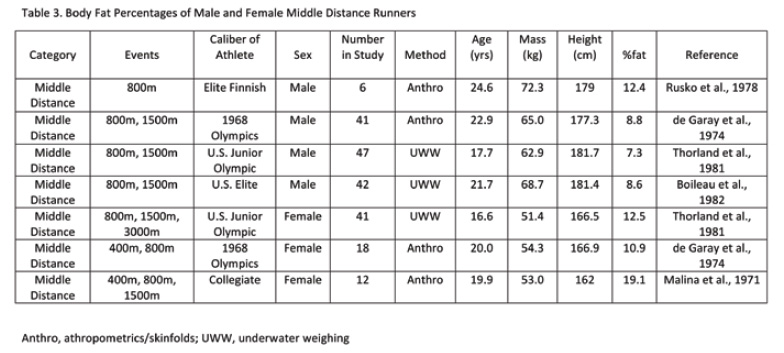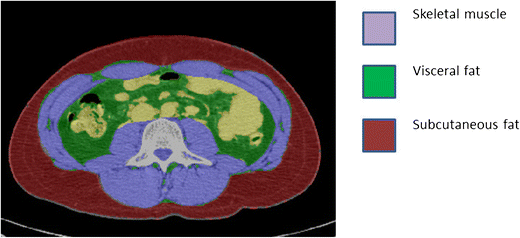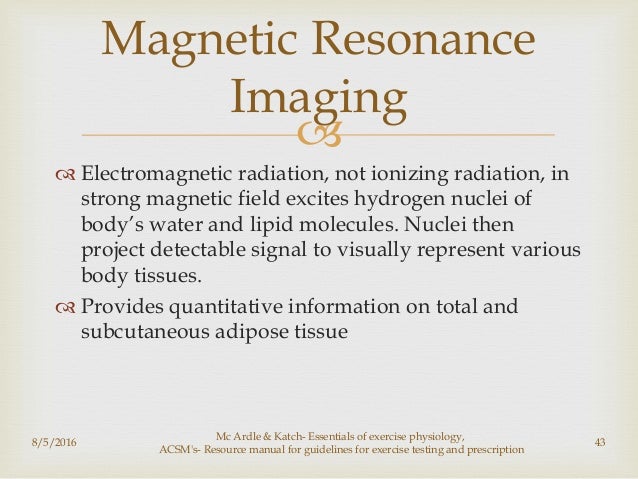A multitude of methods and techniques for body composition measurement exist all with inherent problems whether in measurement methodology or in the assumptions upon which they are based. A quick google search will reveal a number of different ways to measure body mass and composition. Ongoing efforts involve multisegmental and multifrequency bioelectrical impedance analysis quantitative magnetic resonance for total body water fat and lean tissue measurements imaging to further define ectopic fat depots. On currently applied methods for in vivo measurement of body composition including densitometry bioimpedance analysis dual energy x ray absorptiometry computed tomography ct magnetic resonance techniques and anthropometry. The most common assessments are anthropometric and include weight stature abdominal circumference and skinfold measurements. Antrform bia using tanita tbf 310 and omron bf300 and a reference four compartment model.
This review is focused on currently applied methods for in vivo measurement of body composition including densitometry bioimpedance analysis dualenergy xray absorptiometry computed tomography ct. More complex methods include bioelectrical impedance dual energy x ray absorptiometry body density and total body water estimates. This review is focused on currently applied methods for in vivo measurement of body composition including densitometry bioimpedance analysis dual. This review is focused on currently applied methods for in vivo measurement of body composition including densitometry bioimpedance analysis dual energy x ray absorptiometry computed tomography ct magnetic resonance techniques and anthropometry. Body composition variables were measured by the following techniques. Measuring body composition article literature review pdf available in archives of disease in childhood 917612 7 august 2006 with 3745 reads how we measure reads.
Reliable and valid body composition assessment is important in both clinical and research settings. Dxa anthropometry waist circumference based model. A multitude of methods and techniques for body composition measurement exist all with inherent problems whether in measurement methodology or in the assumptions upon which they are based. Contemporary methods of body composition measurement. Reliable and valid body composition assessment is important in both clinical and research settings. Body composition measurement methods are continuously being perfected.
At any rate these 9 indicators are some of the most important factors to consider. Body weight decreased significantly 33 sd 31 kg across the intervention. This review is focused on currently applied methods for in vivo measurement of body composition including densitometry bioimpedance analysis dual energy x ray absorptiometry computed tomography. Weight is an overall measure of your body mass. This measurement includes all of the elements of your body bones blood organs muscles and fat.


















